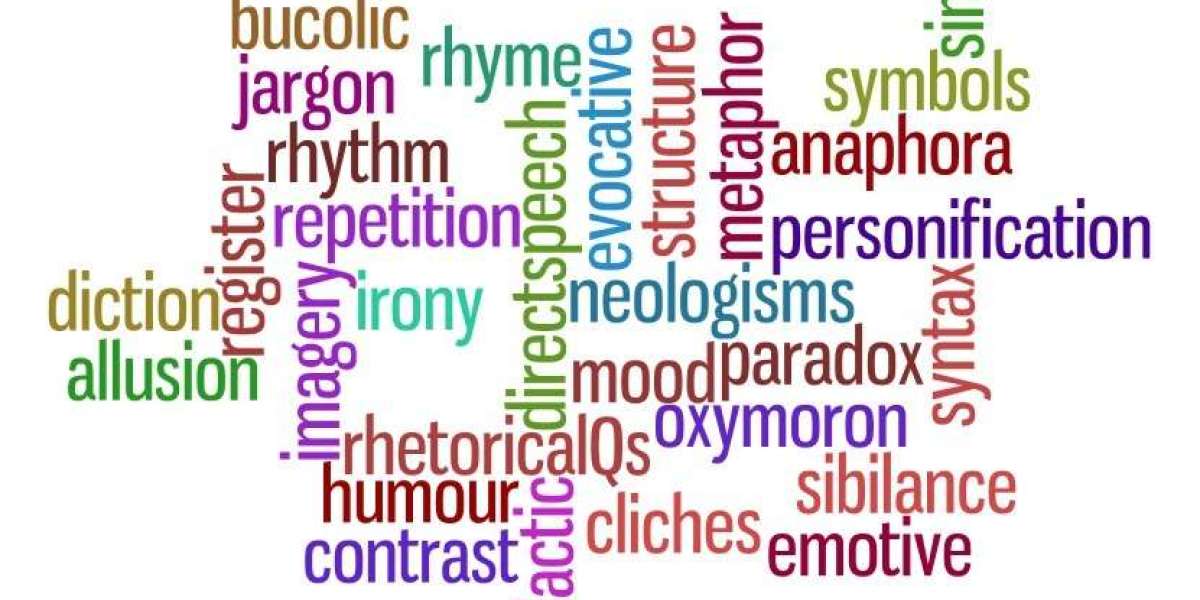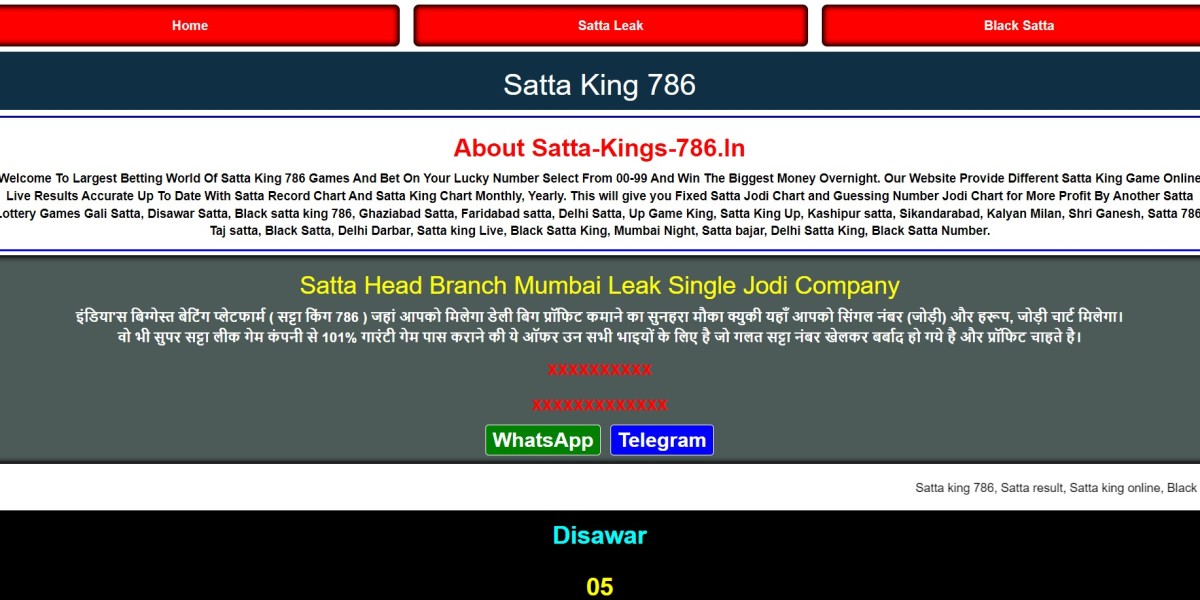In diplomacy and negotiation, language is not just a tool for communication; it is an art form. The words chosen, the tone adopted, and the techniques used can determine the outcome of high-stakes discussions.
1. The Power of Euphemisms: Softening Messages Without Losing Meaning
Euphemisms are words or phrases used to soften the delivery of a message that might otherwise be harsh or uncomfortable. In diplomacy, euphemisms allow negotiators to address sensitive issues without causing offense.
Examples of Diplomatic Euphemisms:
- "Collateral Damage" instead of civilian casualties.
- "Strategic Withdrawal" instead of retreat.
- "Economic Adjustment" instead of austerity measures.
Table: Euphemisms in Diplomacy
| Harsh Term | Euphemism | Context |
|---|---|---|
| Civilian Casualties | Collateral Damage | Military or conflict discussions |
| Retreat | Strategic Withdrawal | Military strategy |
| Austerity Measures | Economic Adjustment | Economic policy |
2. The Use of Diplomatic Language: Maintaining Neutrality and Politeness
Diplomatic language is characterized by its neutrality, politeness, and indirectness. It is designed to avoid conflict and maintain positive relations even in tense situations.
Key Features of Diplomatic Language:
- Neutral Terms: Avoiding loaded language that could escalate tensions.
- Politeness Markers: Using "please," "thank you," and other courtesies to maintain decorum.
- Indirect Statements: Framing requests or demands in a non-confrontational manner.
Examples of Diplomatic Language:
- "We suggest" instead of "We demand."
- "There appears to be a misunderstanding" instead of "You are wrong."
- "We appreciate your efforts" instead of "You must try harder."
3. Persuasive Techniques in Negotiation: From Framing to Anchoring
Negotiation is as much about psychology as it is about language. Persuasive language techniques like framing and anchoring are commonly used to influence the other party’s perception and decisions.
Persuasive Techniques:
- Framing: Presenting information in a way that influences perception (e.g., "This agreement will ensure peace" vs. "This agreement will end the conflict").
- Anchoring: Setting a reference point that will influence subsequent negotiations (e.g., starting with a high initial offer to anchor expectations).
Table: Persuasive Techniques in Negotiation
| Technique | Description | Example |
|---|---|---|
| Framing | Influencing perception through presentation | "This policy promotes growth" vs. "This policy increases spending" |
| Anchoring | Setting a reference point to influence decisions | "We propose starting with a budget of $1 million" |
4. Reading Between the Lines: Understanding Implicit Messages
In diplomacy and negotiation, what is not said can be as important as what is said. Understanding implicit messages requires reading between the lines and paying attention to context, tone, and body language.
Types of Implicit Messages:
- Silence: Can indicate disagreement, contemplation, or consent, depending on the context.
- Hesitation: May suggest uncertainty or the need for more time.
- Tone Shifts: A change in tone can signal a shift in stance or mood.
Table: Implicit Messages in Diplomacy
| Nonverbal Cue | Possible Interpretation | Context |
|---|---|---|
| Silence | Disagreement or contemplation | During discussions or after a proposal |
| Hesitation | Uncertainty or the need for more time | When asked for a decision or response |
| Tone Shift | Shift in stance or mood | During ongoing negotiations |
5. Practical Tips for Diplomats and Negotiators: Mastering the Art of Language
Mastering the art of language in diplomacy and negotiation requires practice, awareness, and strategic thinking.
Actionable Tips:
- Use Euphemisms Wisely: They can soften a message, but overuse can lead to ambiguity.
- Maintain Neutrality: Choose words that are unlikely to provoke a strong reaction.
- Be Aware of Nonverbal Cues: Pay attention to body language, tone, and timing to understand implicit messages.
- Practice Active Listening: Fully engage with what the other party is saying to pick up on subtle cues.
Table: Quick Tips for Diplomats and Negotiators
| Objective | Technique | Example |
|---|---|---|
| Soften a Harsh Message | Use Euphemisms | "Economic adjustment" instead of "cuts" |
| Avoid Escalation | Maintain Neutral Language | "We suggest" instead of "We insist" |
| Influence Perception | Use Framing | "Ensuring stability" instead of "Maintaining order" |
| Understand Implicit Messages | Pay Attention to Nonverbal Cues | Note silence or hesitation during discussions |
Conclusion
In diplomacy and negotiation, language is not just a means of communication but a strategic tool that can influence outcomes. By mastering the art of subtle language techniques, diplomats and negotiators can navigate complex discussions, build consensus, and achieve their objectives without escalating tensions.
How do unreliable narrators affect the reader's experience?
Unreliable narrators provide a skewed or incomplete perspective, which can create suspense, surprise, and deeper engagement as readers must discern the truth and interpret the story critically.
What is the role of subtext in dialogue?
Subtext refers to the underlying meaning or unspoken context in dialogue. It adds depth to character interactions and reveals their true feelings, motivations, and relationships.
How can media consumers navigate language techniques effectively?
Media consumers can navigate language techniques by critically analyzing headlines, recognizing emotional appeals, identifying biases, and cross-checking information with multiple sources.
What are some strategies for using metaphors effectively in writing?
Effective use of metaphors involves choosing comparisons that are relevant and relatable, avoiding overuse, and ensuring that the metaphor enhances understanding or adds meaning to the text.
How does tone influence communication in diplomatic settings?
Tone affects how messages are perceived and can either foster cooperation or create tension. A respectful and diplomatic tone helps maintain positive relationships and avoid conflicts.




